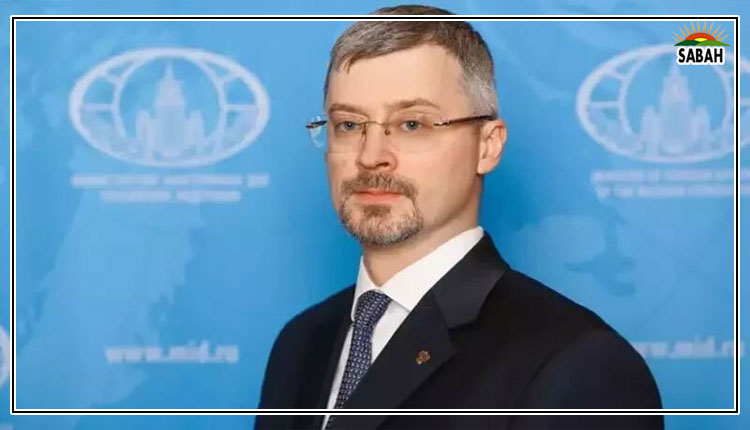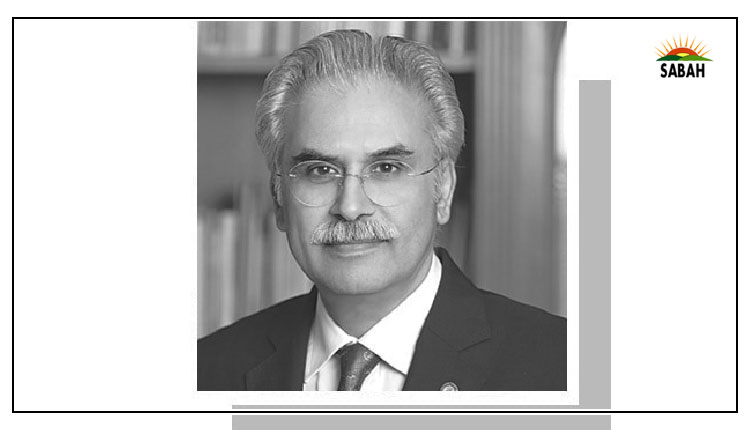Implementing PHC primer…Zafar Mirza
SINCE the Alma-Ata Declaration of 1978, there has been much rhetoric from the World Health Organisation (WHO) about primary healthcare, but little organised and specific guidance from it on how to practically implement PHC in the context of different countries.
However, it appears that the WHO PHC Special Programme, based at the organisations headquarters, has done a good job by finally producing the first volume of the PHC global report titled Implementing the Primary Health Care Approach: a Primer.
It goes without saying that no country can improve its vital health indicators, prevent diseases and address the determinants of health without qPHC. It is the foundation of universal health coverage, and yet we spend around 70 per cent of our health budget on tertiary-level healthcare, which is primarily curative.
Basically, we continue to treat in big hospitals at a very high cost what could be prevented at the PHC level at a very low cost. We treat the failure of PHC in big hospitals with the help of specialists. One doesnt need to be Aristotle to understand this simple fact; yet nothing changes. There are many reasons for this tragedy, ranging from the political economy to education, the training of health professionals, and many others. But the fact remains that, in our minds, we equate PHC with poor healthcare for poor people. PHC is less sexy, less remunerative, and away from the power centres of healthcare.
In 1978, the WHO and Unicef joined hands to convene an international conference on PHC in Kazakhstan, which was then a part of the communist Soviet Union. The same conference was reorganised in 2018 to commemorate the 40th anniversary of the Alma-Ata Declaration. In the intervening four decades, Alma-Ata had become Almaty, and the Soviet republic the independent republic of Kazakhstan, driven by a market economy. In these 40 years, a selective PHC approach based on vertical and unsustainable health programmes had pushed aside the holistic PHC approach, which had active community engagement.
In recent years, however, under the leadership of Dr Tedros Adhanom Ghebreyesus, the dynamic WHO director general, a resurgence of PHC has been witnessed in the organisation. Dr Tedros set up a special programme on PHC, which started drilling deeper into the theory and practice of PHC around the world. A series of documents was produced at the time of the Almaty conference, and now this wonderful work has been produced.
A global report on PHC implementation serves as an excellent reference work.
It is co-produced by the WHO and the European Observatory on Health Systems and Policies. It is a work of significance and edited by six editors, including a dear former WHO colleague from Pakistan, Dr Khalid Faraz, with 69 authors from all continents. This almost 500-page, comprehensive work is divided into three parts and 17 chapters. Part one is about the PHC approach its foundations, history and concepts; part two is about implementation; and part three deals with the impact on performance. Each chapter, under the three parts, follows the same template, which consists of five sections key messages, introduction, evidence review, country illustrations and conclusion.
![ .]https://www.dawn.com/news/1821519)
As an example, the chapter on health financing under part two (implementation), begins by providing a list of 12 key messages, which in a way summarises the chapter. One of the key messages, for example, is that using pooled funds to pay for PHC (and avoiding out-of-pocket payments) is more equitable.
The introduction explains the key health financing functions: revenue collection; pooling; allocation; purchasing; coverage policies from financing perspective; and purchasing arrangements.
The section on evidence first explains PHC expenditures and how they are measured, and provides global PHC trends. For example, government spending on PHC by all countries is not more than one-third of the total government health spending, ranging between 26pc and 22pc in low- and low-middle-income countries respectively, and out-of-pocket spending on PHC makes up the largest share of the total spending on PHC in L&MICs, which is a big barrier to timely care, besides pushing people into poverty. The chapter provides a large number of studies from various countries to show the fragmentation in PHC financing and how countries are struggling to ensure adequate funds and effective financing flows for PHC.
The examples provided are of the Philippines and India and show how earmarking tobacco taxation and imposing health and education taxation in these countries respectively has improved financing for PHC. The examples of Tanzania, China, Ukraine, Estonia and Afghanistan are also provided in terms of financing PHC by employing different approaches. At the end of the chapter, there is a list of around 80 references which cover more or less all the important sources of evidence on health financing for PHC from across the world.
All 17 chapters are produced in the same pattern, covering almost all major topics in PHC. These include: the PHC approach: an introduction; historical overview and unrealised potential of PHC; PHC: definitions, terminology and frameworks; the PHC approach: rationale for orienting health systems; integrating public health and primary care at the core of the PHC approach; PHC-oriented models of care; health governance; health and care workforce; health financing; medicines and pharmaceutical services; health technologies; health infrastructure; information systems and digital solutions; the impact of PHC on efficiency and quality of care; the impact of PHC on equity, access and financial protection; the impact of PHC on resilience and environmental sustainability; and implementing the PHC approach: summary and conclusions.
This is a great reference work on various aspects of the implementation of PHC with a special focus on L&MICs. Every student, teacher and practitioner of PHC must have it. I hope the next volume in this series drills deeper into specific operational issues in the public, for-profit and not-for-profit private health sector in L&MICs.
Courtesy Dawn












